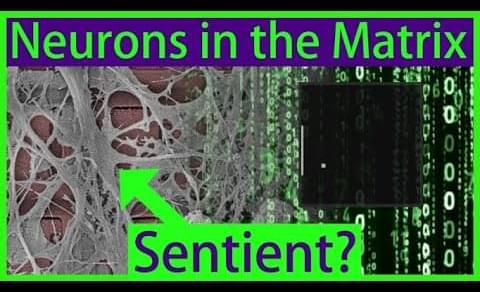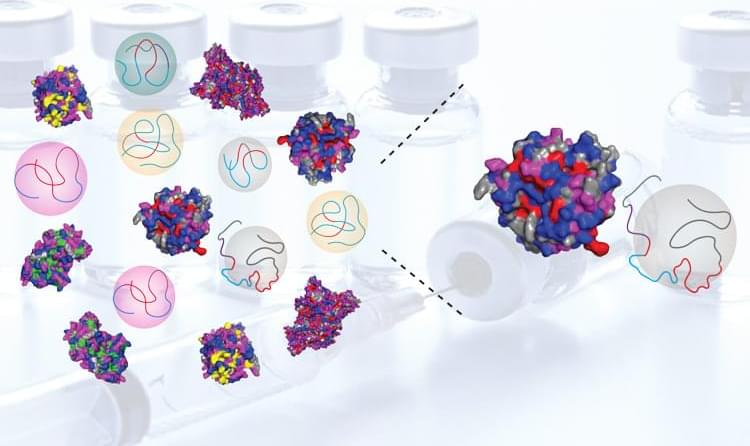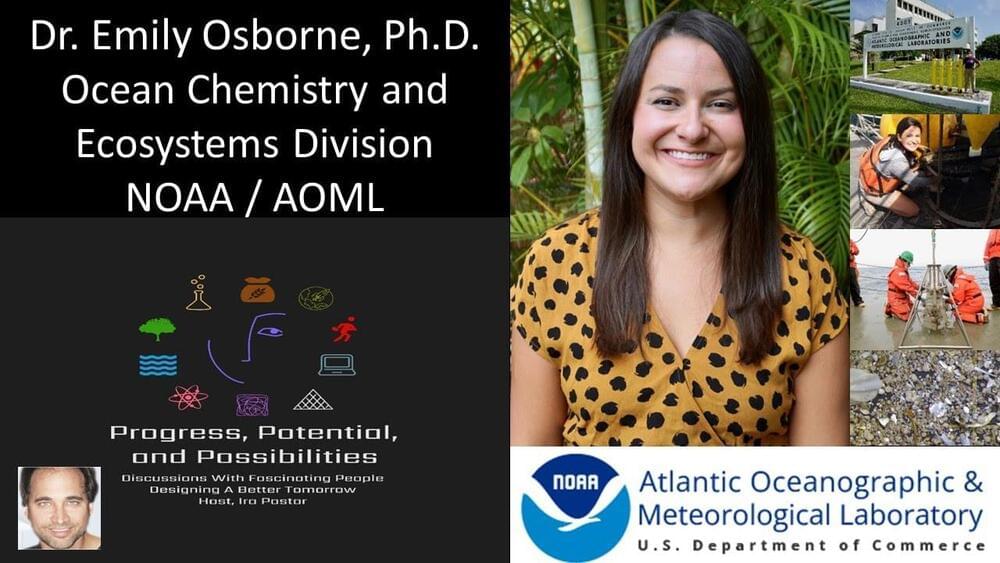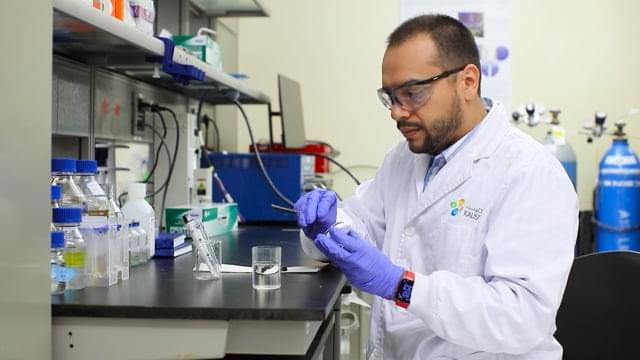Mar 23, 2023
Scientists at DeepMind and Meta Press Fusion of AI, Biology
Posted by Dan Breeden in categories: biological, robotics/AI
“AlphaFold was a huge advance in protein structure prediction. We were inspired by the advances they made, which led to a whole new wave of using deep learning,” said Professor David Baker, a biochemist and computational biologist at the University of Washington.
“The advantage of ESMFold is that it is very fast, and so can be used to predict the structures of a larger set of proteins than AlphaFold, albeit with slightly lower accuracy, similar to that of RoseTTAFold,” Dr. Baker said, referring to a tool that emerged from his lab in 2021.
DeepMind open-sourced the code for AlphaFold2, making it freely available to the community. Nearly all proteins known to science—about 214 million—can be looked up in the public AlphaFold Protein Structure Database. Meta’s ESM Metagenomic Atlas includes 617 million proteins.


















